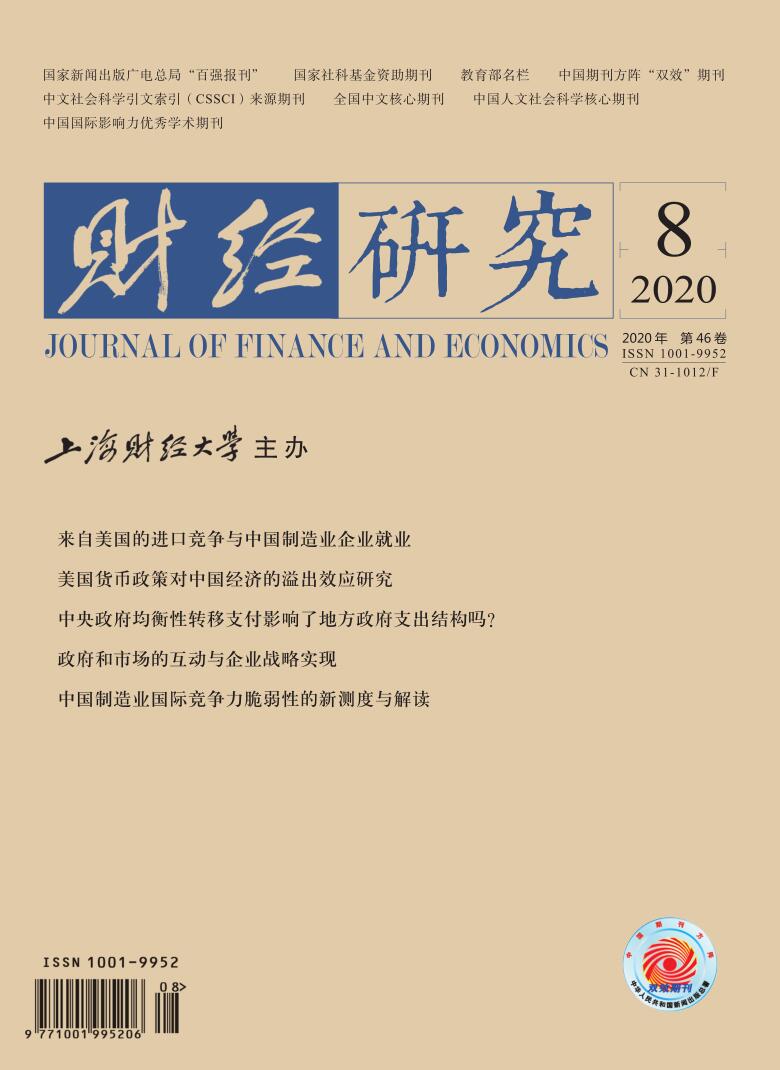The 1994 “tax-sharing” reform started under the background of a sharp decline in government financial resources and a weakening of macro-control capabilities. Although the income division between the central government and local governments has been well regulated, the premise of political centralization determines that China’s decentralization institutional reform will increase the central government’s financial concentration and macro-control capabilities as one of the reform goals. Under China’s fiscal decentralization system, the asymmetry between income decentralization and expenditure decentralization undoubtedly aggravated the mismatch of local governments’ financial resources and authority, which requires that the central government’s transfer payment plays a pivotal role in balancing intergovernmental fiscal relations.
First, we construct the local government expenditure equation including the central government’s transfer payment in the Barro model framework, and then solve the optimal solution of the Cobb-Douglas production function considering the central government’s transfer payment and local government expenditure, thereby theoretically proving that the central government’s transfer payment has a non-linear effect on the structure of local government expenditure.
Second, a panel quantile regression model is established to analyze the impact of the central government’s equalization transfer on the structure of local government expenditure, and the non-linear impact of the central government’s equalization transfer is verified. When the proportion of local governments’ productive expenditure is in the relatively low 10% and 25% quintiles, the growth of the central government’s equalization transfer payment will cause local governments to increase productive expenditure. However, when local governments’ productive expenditure accounts for more than a half, the impact of the central government’s equalization transfer payment on the structure of local government expenditure changes from positive to negative.
After this, this paper takes the central government’s equalization transfer payment as the threshold variable, and further establishes a panel threshold quantile regression model to examine the impact of the central government’s equalization transfer payment proportion on the structure of local government expenditure.
Constructing a new type of intergovernmental fiscal relationship which is compatible with incentives is not only conducive to accelerating the establishment of a modern fiscal system, but also related to the modernization of the national governance system and the improvement of governance capabilities. The above research conclusions of this paper not only have very important theoretical and practical significance for the construction of a new type of central-regional fiscal relationship with clear powers and responsibilities, financial coordination and regional balance in the new era, but also help to accelerate the establishment of a modern financial system.





 5787
5787  7524
7524

